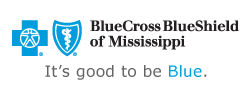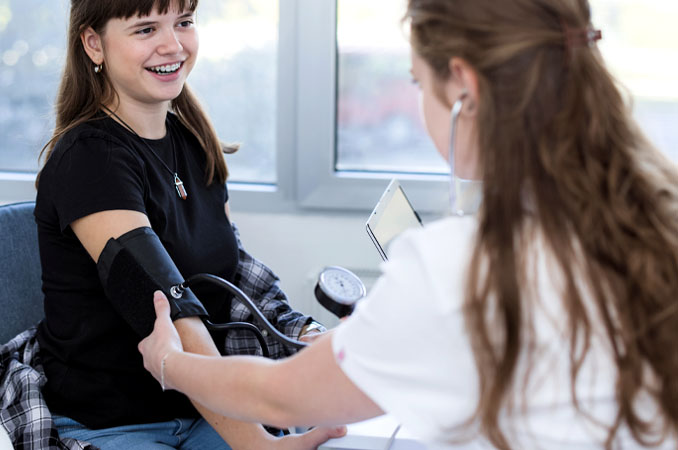
National Men’s Health Month
June is National Men’s Health Month! Did you know that men deal with more health problems and live on average 5 years less than women? Some of the most common health problems contributing to a shorter lifespan in men are heart disease, cancer, injuries, stroke, and suicide. Despite this, men are more reluctant to seek medical care than women and may only go to the doctor when they have a serious medical issue. Furthermore, women go to the doctor twice as much as men and are 100% better at maintaining screening and preventive services than men.
The goal of National Men’s Health Month is to bring awareness to helping men prioritize their health so they can live happier and longer lives. Here are 5 recommendations to get men on top of their health:
-
1.
Schedule an annual wellness visit with your primary care provider
-
Only 3 in 5 men get annual physicals. Your primary care provider is one of your most valuable resources for performing routine screenings and tests. Prevention and early detection are key to approaching health problems head on while they are easier to treat. Learn more about our Healthy You! Wellness Visit available to Members at no out-of-pocket costs »
-
-
2.
Take care of your mental health
-
Depression and mental health issues often go undiagnosed in men. Statistics show that men are 4 times more likely to commit suicide. Your primary care provider can help support and direct you to useful resources to help manage any mental health concern. Explore mental health resources »
-
-
3.
Consider healthier lifestyle habits
-
Many chronic health problems such as cardiovascular disease, diabetes, obesity, high cholesterol, and hypertension, can be prevented, or even reversed, with healthy lifestyle habits such as a healthy diet, consistent exercise, adequate sleep, and managing stress. Your primary care provider, a registered dietitian, or a certified wellness coach are great resources to get you on track with healthy lifestyle changes.
-
-
4.
Use sunscreen
-
Men on average spend more time in the sun than women, which puts them at higher risk for certain skin cancers. The Skin Cancer Foundation recommends to use a broad spectrum (UVA/UVB) sunscreen with SPF 15 or higher daily. If spending several hours outdoors, use a water-resistant, broad spectrum (UVA/UVB) sunscreen with an SPF of 30 or higher. Check your skin regularly and see your primary care provider or dermatologist for any irregular growths or marks. Learn more about the benefits of sunscreen »
-
-
5.
Be Tobacco Free
-
According to the American Cancer Society, smoking and tobacco use have been associated with one-third of all forms of cancer. Smoking can double the risk of stroke and has been linked to approximately ninety-percent of lung cancers. A great first step in tobacco cessation is utilizing your Be Tobacco Free benefit and discussing a quit plan with your primary care provider. Learn more about our Be Tobacco-free Program »
-




 Women's Health
Women's Health Eat Healthy
Eat Healthy Exercise
Exercise Health & Wellness Articles
Health & Wellness Articles